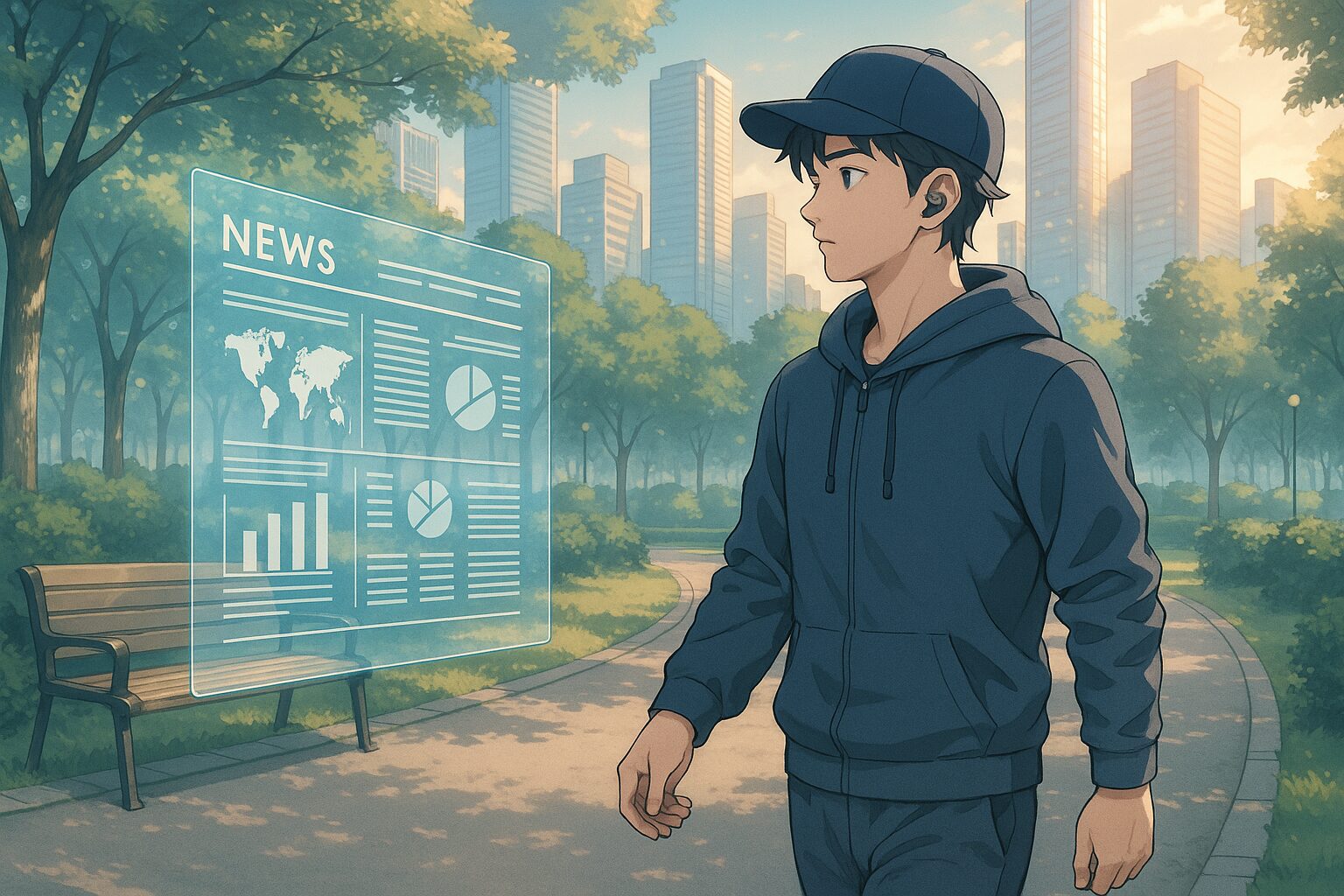What New Educational Environments Does Global Warming Bring?
Seasonal transitions, especially early autumn and late spring, are challenging periods for education in historic school buildings. Schools in Maine face the task of ensuring a comfortable learning environment during these times, which have become hotter due to global warming. If temperature rises continue, how will the future educational environment change?
1. Today’s News
Source:
As temperatures rise, Maine schools need solutions for shoulder seasons
Summary:
- Traditional school buildings are designed to withstand the cold, making it difficult to cope with heat.
- As temperatures rise, classroom environments in early autumn and late spring are deteriorating.
- New solutions are needed to secure a comfortable learning environment.
2. Considering the Background
This issue is rooted in rising temperatures due to climate change. Particularly, traditional school buildings are designed for colder seasons, making them ill-equipped for rapid temperature changes. This can lead to a decline in learning environments and potentially affect the quality of education. In our daily lives, we are increasingly feeling the impacts of climate change, such as a rise in air conditioning usage. How will the future educational environment change?
3. What Does the Future Hold?
Hypothesis 1 (Neutral): High-performance air conditioning systems will become standard in the future
Directly, the introduction of high-performance air conditioning systems in schools will create comfortable learning environments year-round. This will help sustain students’ concentration and improve learning outcomes. Furthermore, such systems will also become commonplace in households, enhancing the quality of living environments. However, the increase in energy consumption could pose a new challenge, making energy-saving technology development increasingly important.
Hypothesis 2 (Optimistic): School designs in harmony with nature will greatly develop in the future
In school architecture, designs that harness the power of nature will become mainstream. For example, more school buildings will effectively utilize wind and solar energy to adapt to seasonal temperature changes. This trend will extend to other public facilities and homes as a part of creating a sustainable society. Living in harmony with nature will become common, and a society with heightened environmental awareness will emerge.
Hypothesis 3 (Pessimistic): The loss of traditional school buildings in the future
Due to rising temperatures, traditional school buildings may no longer provide comfortable learning environments, prompting a shift toward new constructions. As a result, historically valuable school buildings may disappear one after another, eroding local culture and history. This could weaken regional identity, and maintaining interest in local culture will become an important challenge.
4. Tips for What We Can Do
Thought Process Tips
- Raise awareness about climate change and consider what can be done in our daily lives.
- Strive for a sustainable society by incorporating environmental considerations into choices and actions.
Small Practical Tips
- By choosing energy-efficient products, you can reduce your environmental footprint in daily life.
- By taking an interest in local culture and history, and actively participating in preservation activities, you can help safeguard regional identity.
5. What Would You Do?
- What environmental measures can you implement at your school or workplace?
- What does living in harmony with nature mean?
- How should we preserve historical buildings?
What kind of future do you envision? Share your ideas on social media or let us know in the comments. Your voice might be the first step in changing the future.









